It’s our turn to prepare these delicious pickled mussels, or choros as we call them in Perú. During summer time, after a bath in the ocean, a cold beer and an appetizer like this is for sure to enlighten your day 🙂 In Spain on a sunny day, always after opening a beer one opens a preserve to have it with as a tapa, cold or warm weather it doesn’t matter!
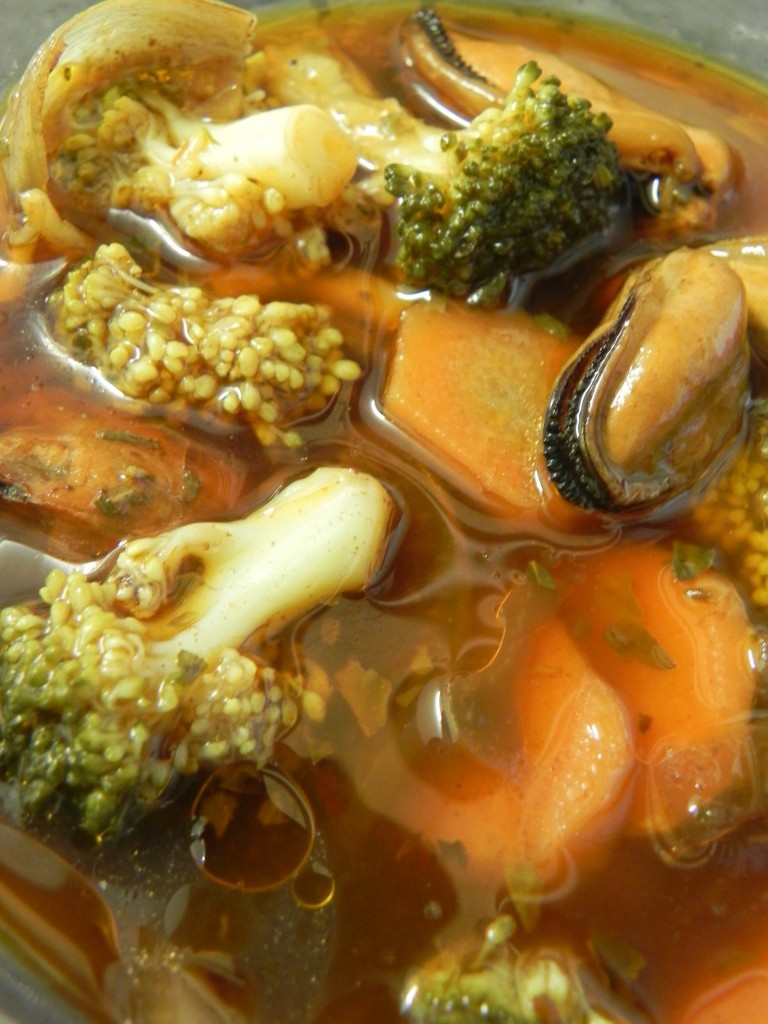
This recipe I did during my first week at San Sebastián, to remember old times. In Spain one eats pickled mussels a lot, usually in a bar or at home and as a tapa; we serve the mussel over a potato chip with its juice and that’s it! Delicious!
A technique that I want to tell you about in this occasion is how to treat the mussel. Due to the fact that when we cook the “escabeche” we will be giving heat to the mussel, what we do in the previous step is only blanching the mussel. We open them with the help of a paring knife almost as if they were oysters. This allows us to get very big mussels and very tasty mussels as well.
So, in this recipe we work how to cook in acids, managing seafood and also a delicious recipe to enjoy with friends! Very complete!!
Preparation and handling of the mussels.
- First, filaments need to be removed, this is accomplished by cleaning with a pairing knife under running water. They should not be kept under water because they will open.
- Our aim is just to kill the mussels, not cook them, this is because we will cook them afterwards once we start with the escabeche. In order to this, we place them in boiling salt water (30% salt – their same medium of life, this way they don’t loose any taste) for 6-8 seconds. And then directly to an inverted ice bath (they should not touch the water so we can keep the juice).
- Go through the inside of the shell with a very sharp and thin knife, and cut the muscle once you reach it. You will see the mussel is almost the same size of the shell, much much bigger than when one does steaming preparations.
- Usually when we cook them for longer, the shell opens on its own because the mussel stops contracting.
- KEEP THE WATERÂ –>Â we use it for the same escabeche or for other creative preparations we can think of. Even a leche de tigre for a cebiche. It is very tasty!!
- If you want to keep them for a day or two, keep them on their same water with some oil on top so they don’t oxidize and always at a very low temperature to keep the cold chain going.

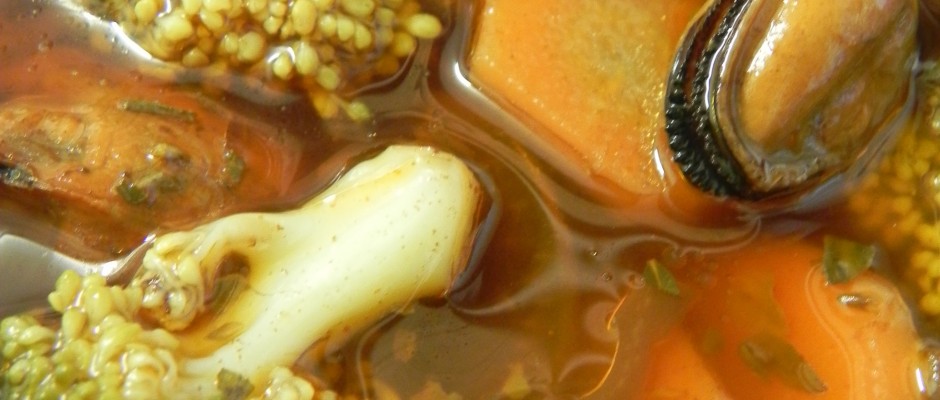
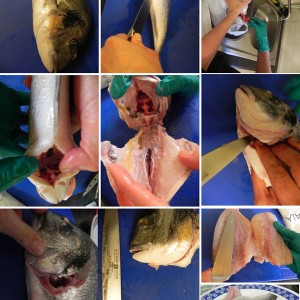

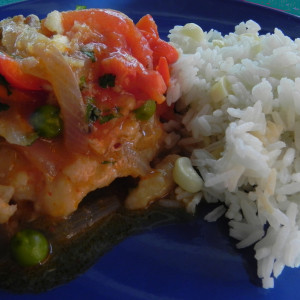
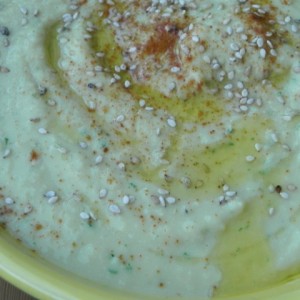

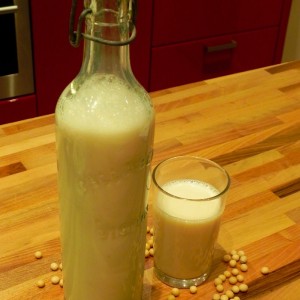

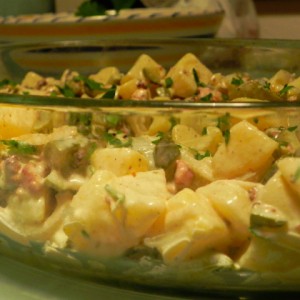



Rate this recipe
0 People Rated This Recipe
Average Rating
No comments yet.